An Instagram hotspot in Tokyo is under threat, so snap it before it’s flattened
Designed by architect Kisho Kurokawa, the iconic Nakagin Capsule Tower in Tokyo has become something of an Instagram pilgrimage for architecture enthusiasts. But as the building fell into a state of disrepair, the Metabolist landmark has long been in danger of demolition and the final decision is to be made by the building’s management society by vote
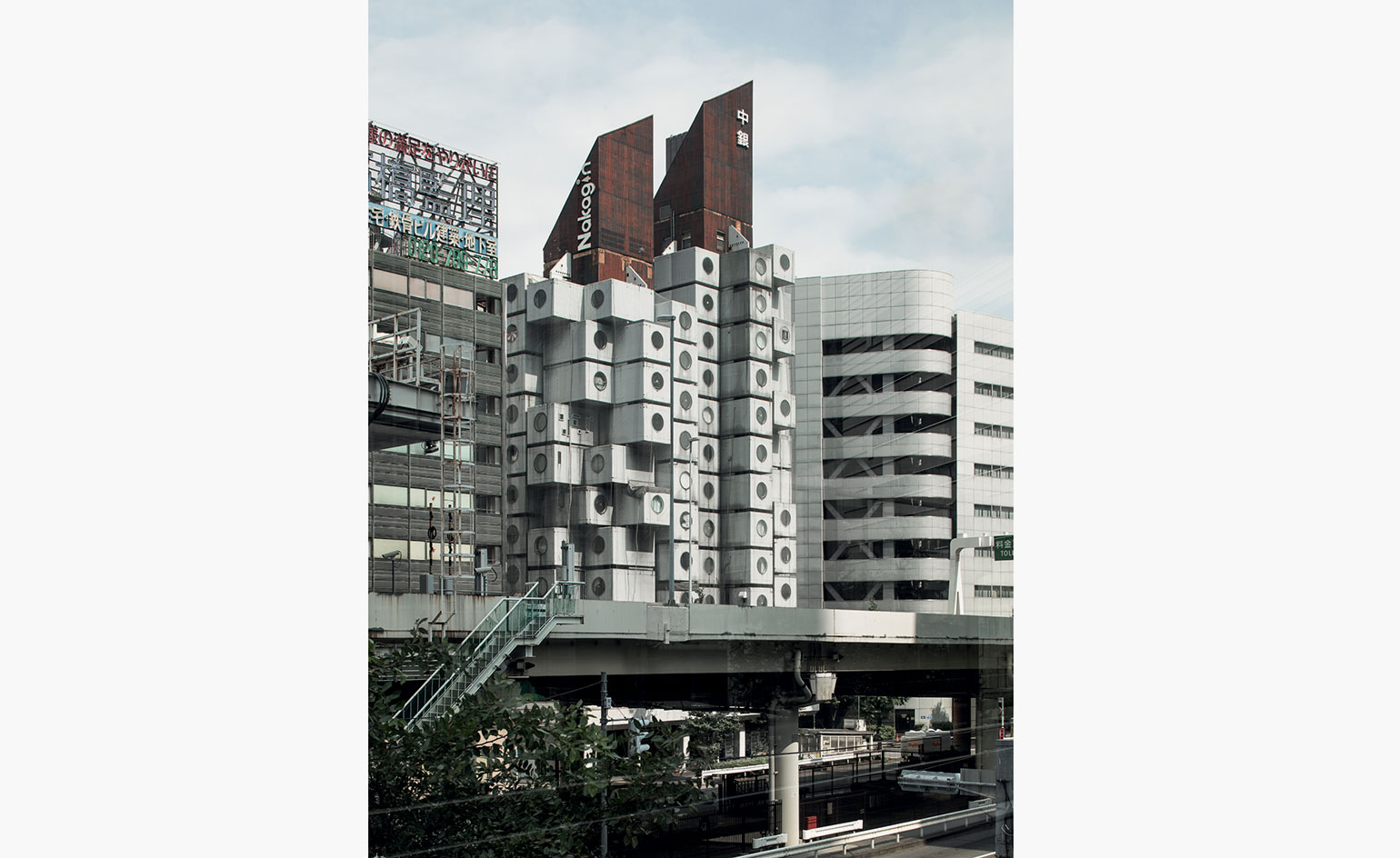
The iconic Nakagin Capsule Tower has been in danger of demolition for more than a decade, but it seems decision time is upon us, as the verdict surrounding its future will soon be announced in the coming year. The landmark building designed by architect Kisho Kurokawa and completed in 1972 is something of a symbol for metabolism, the post-war Japanese architecture movement that explored modern architecture, especially of high density, through the lens of organic growth.
The tower sits in Ginza, right in the heart of Tokyo, a locale originally conceived to target elite businessmen seeking conveniently located private or rented accommodation or offices, towards the end of what was a high growth period for Japan. Kurokawa planned to change each capsule every 25 years, but his plan never materialised due to logistical obstacles (owners timing preferences and financial complications). As a result, while some 100 of the 140 capsules are still in use, some as residences, others as office space or creative studios, the remaining 40 are abandoned and lie in ruins.
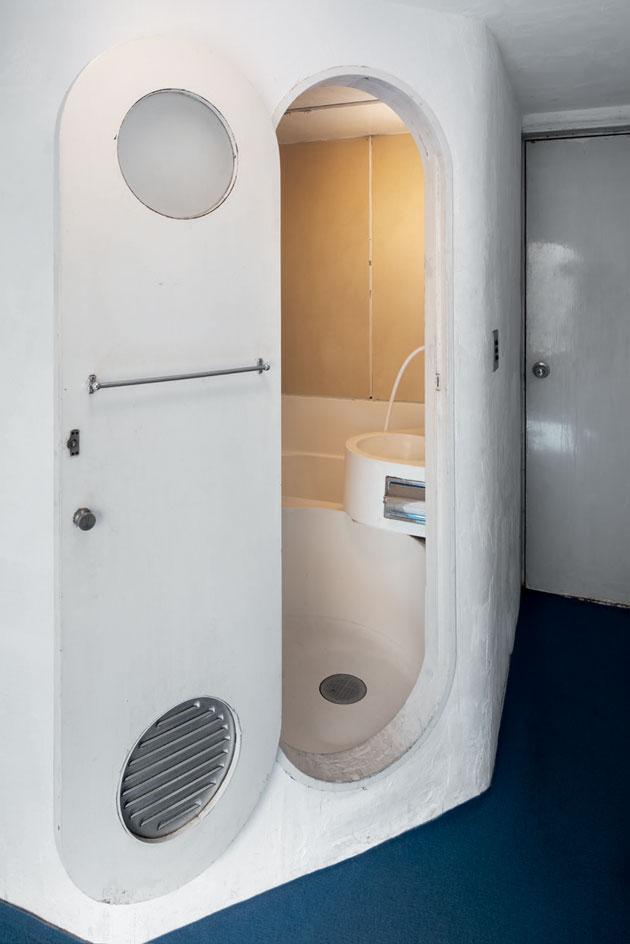
The compact bathrooms come with small bathtubs
Back in 2007 (also the year of Kurokawa’s sad passing), an announcement was made by the building’s management society (which comprises of the owners) that the Nakagin Capsule Tower was to be demolished to give way to a new apartment building, but the project’s developer went bankrupt because of the global economic downturn at the time; and since then, the tower’s fate has been up in the air. This led to a huge rift between owners (capsules were sold individually in the past), who were eventually divided into two camps – one to save the tower, because of its architectural value, and one to demolish and rebuild, cashing in on the land value.
‘We are in a critical situation, but there is a last hope, and I’m trying to make it happen,' says Tatsuyuki Maeda, head of the ‘save’ group, arguing for the building’s preservation and restoration. The final decision will be made by the building’s management society through a vote. Maeda has been slowly acquiring capsules (15 are currently in his possession), trying to increase his voting power and promote owner change to support his cause.
According to him, the Nakagin group (the original land owner) gave up on trying to resolve this situation and sold their title and some of the capsules that they owned to a real estate company. The real estate company proceeded to keep buying more capsules and now owns around 70 of them, which gives them majority-voting rights. Furthermore, they blocked future capsule trading, putting Maeda’s side to a huge disadvantage.
‘I like to put the zeitgeist into my work, and be fulfilled when later generations understand how my time was by seeing my work'
Kisho Kurokawa
‘Currently, a European company is showing interest in buying outright the land and capsules, effectively saving the building. We plan to soon remove one of the capsules to test the strength of the main axis, which holds each capsule through four bolts. It also helps to estimate the costs for exchanging all the capsules for new ones in the future. I had also been negotiated with some Japanese companies, but they all declined taking this on. We, the capsule owners in the ‘save’ party want to keep our capsules of course, but if this European company can keep this building and replace the capsules to new ones, we’d be happy to leave and let them do it.'
In Japan, neither the government nor local authority usually intervene in the affairs of private property, and in order to register a building as a protected monument, they need to be at least 50 years old. The Nakagin Capsule Tower is now 48 years old, but even when it becomes 50, permission is still required of all the owners in order to submit it for monument status. ‘Nothing can be done with this scattered divisional ownership situation. Thanks to that, it has been possible for the building to survive until now, but it also means that it cannot be restored. If the Nakagin group had full ownership, this building would have been gone twenty years ago,' says Maeda.
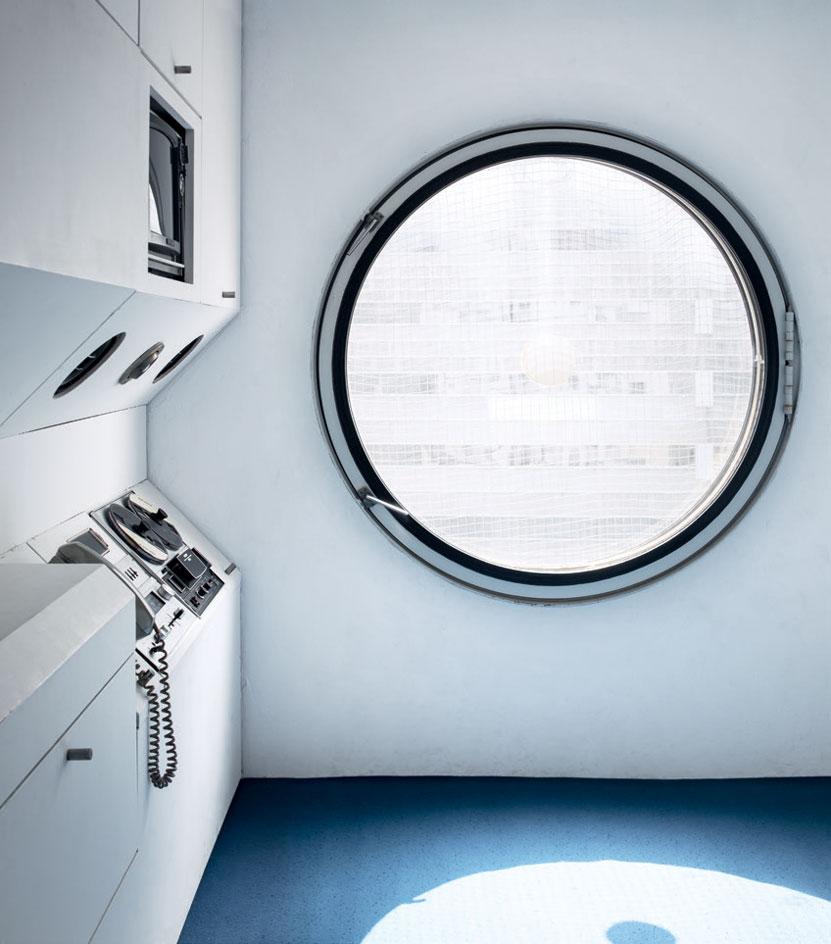
The round windows can’t be opened (they used to come with blinds but these are no longer made)
Summer is too hot and winter is too cold, the original air conditioning system and the hot water supply have long been broken, but it’s still great having a space in Kisho Kurokawa’s masterpiece. I cannot do anything more than pay my rent, so I have to go with the flow. But when they decide to demolish this building, I’d like to take this round window with me as a memento,' says Takumi Miyamoto, who moved in his capsule this year and uses it as the base for his interior design business.
To see the building in the flesh is no doubt fascinating for the architecture enthusiast, but also shocking. Some of the rooms are damaged badly and have long been abandoned, their metal doors rotten and broken, ceilings and walls peeling off and the asbestos inside the walls revealed. Miyamoto says to eliminate the asbestos alone and restore the damage requires so much money (more than a million yen just for the 2m x 5m capsule ceiling) that some of the capsule owners are simply waiting for it to be demolished.
So will Kurokawa's metabolist gem soon be a long lost part of architectural history? Tokyo is famous for its scrap and re-build culture, and that’s also part of the urban ‘organic growth’ the Metabolists talked about. ‘I like to put the zeitgeist into my work, and be fulfilled when later generations understand how my time was by seeing my work,' once said Kurokawa in an old interview.
Receive our daily digest of inspiration, escapism and design stories from around the world direct to your inbox.
-
 These are Dover Street Market’s jewellery designers to watch, exhibiting at the London store all summer
These are Dover Street Market’s jewellery designers to watch, exhibiting at the London store all summerIn a special exhibition, Dover Street Market London is highlighting 36 emerging jewellery designers to know – shop our pick of their pieces
-
 A street-like Pune clubhouse celebrates the ‘joy of shared, unhurried experiences’
A street-like Pune clubhouse celebrates the ‘joy of shared, unhurried experiences’A brick clubhouse in Pune by Studio VDGA reflects the fluidity and openness of the Indian way of life with a series of welcoming plazas, courtyards and lanes
-
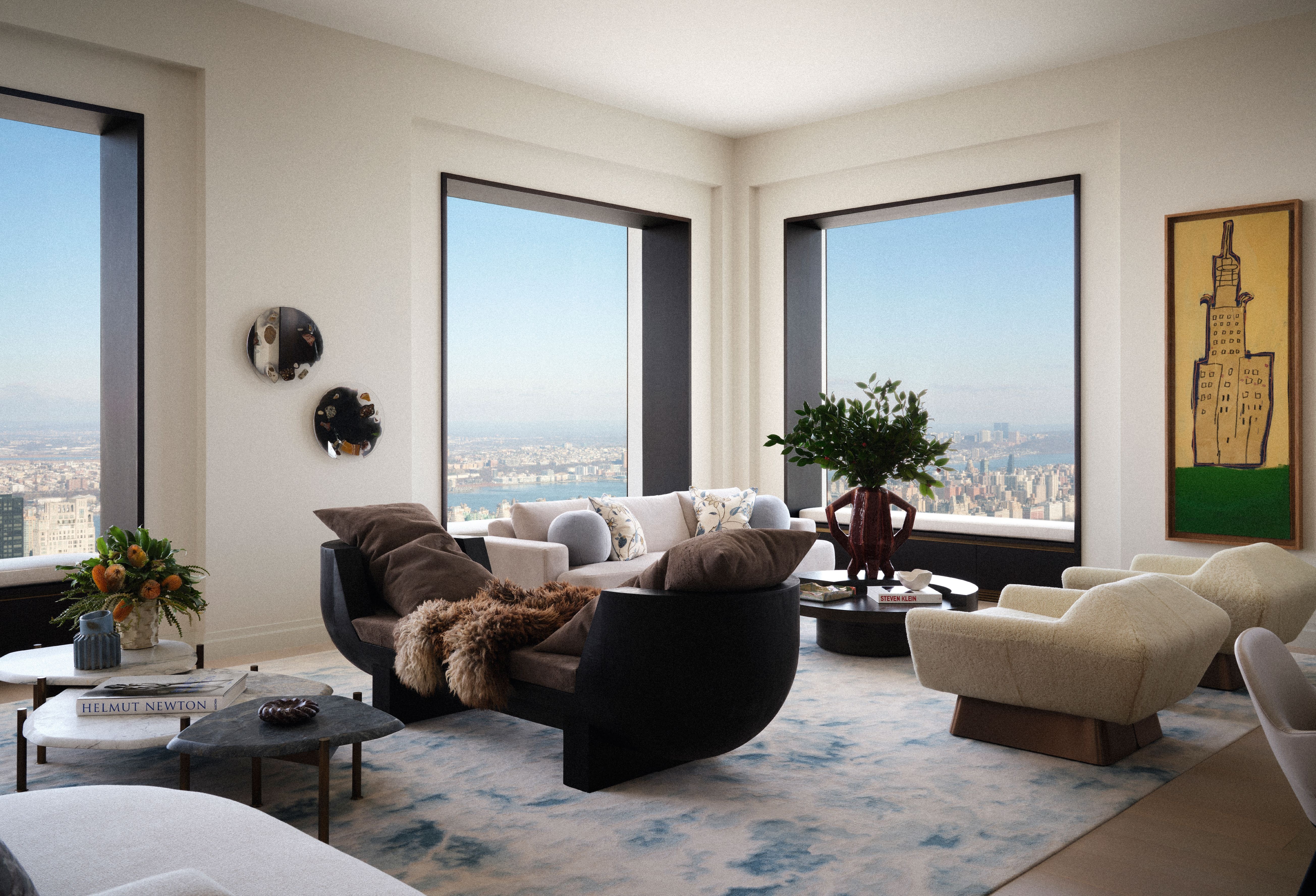 A 432 Park Avenue apartment is an art-filled family home among the clouds
A 432 Park Avenue apartment is an art-filled family home among the cloudsAt 432 Park Avenue, inside and outside compete for starring roles; welcome to a skyscraping, art-filled apartment in Midtown Manhattan
-
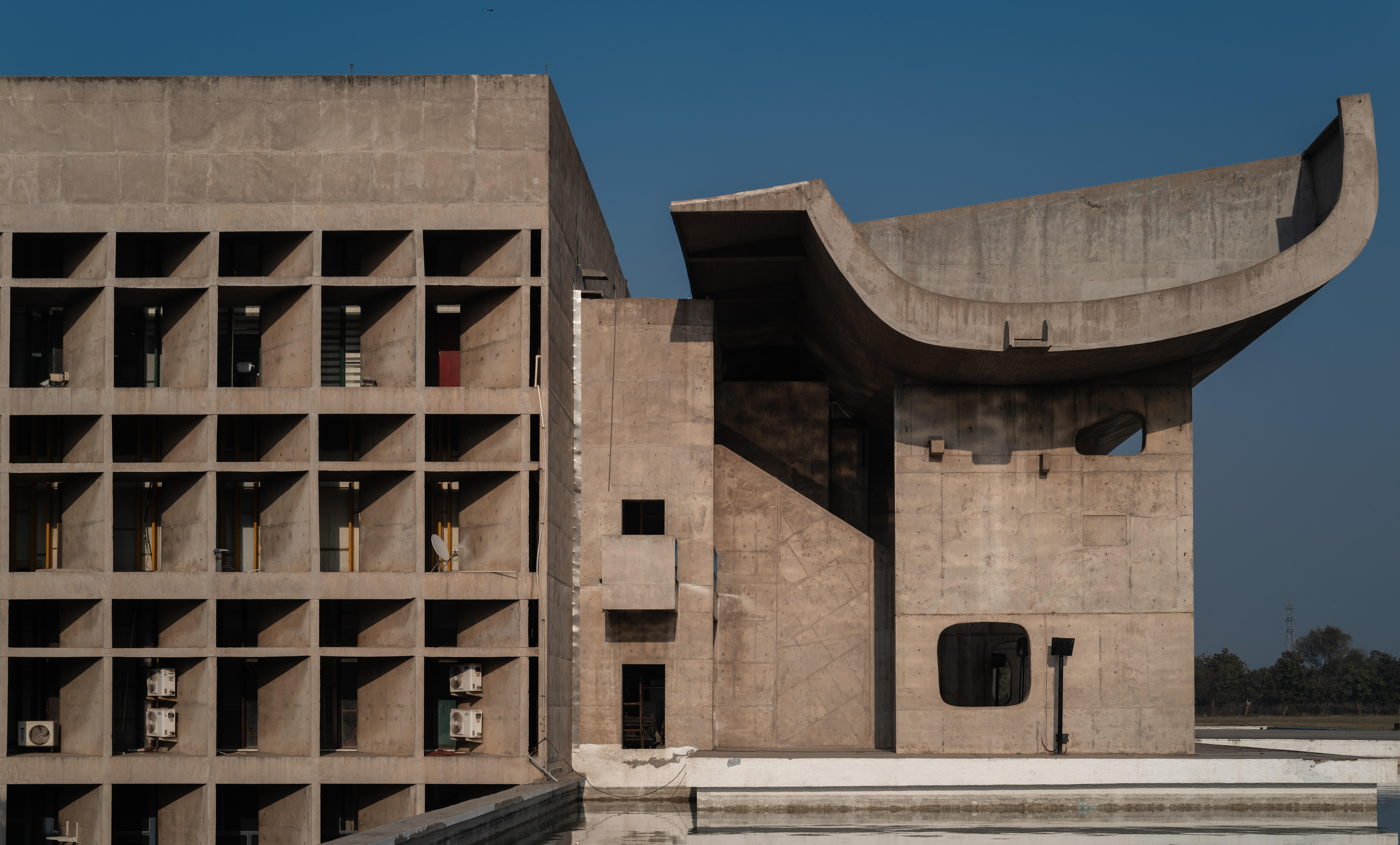 A guide to modernism’s most influential architects
A guide to modernism’s most influential architectsFrom Bauhaus and brutalism to California and midcentury, these are the architects who shaped modernist architecture in the 20th century
-
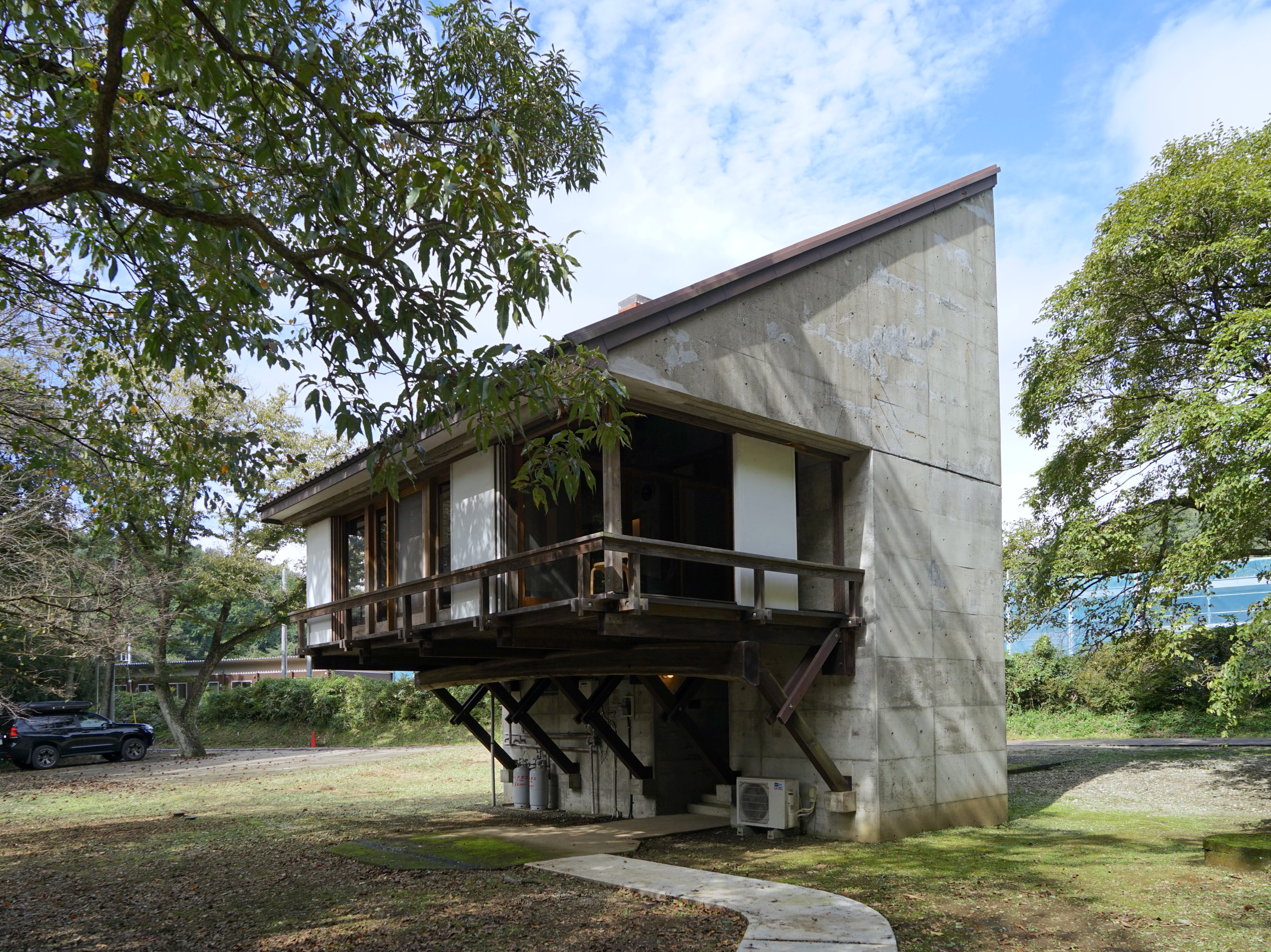 Mayumi Miyawaki’s Fukumura Cottage puts this lesser-known Japanese modernist in the spotlight
Mayumi Miyawaki’s Fukumura Cottage puts this lesser-known Japanese modernist in the spotlightDiscover the little-known modernist architect through this private home in Japan’s Tochigi prefecture countryside
-
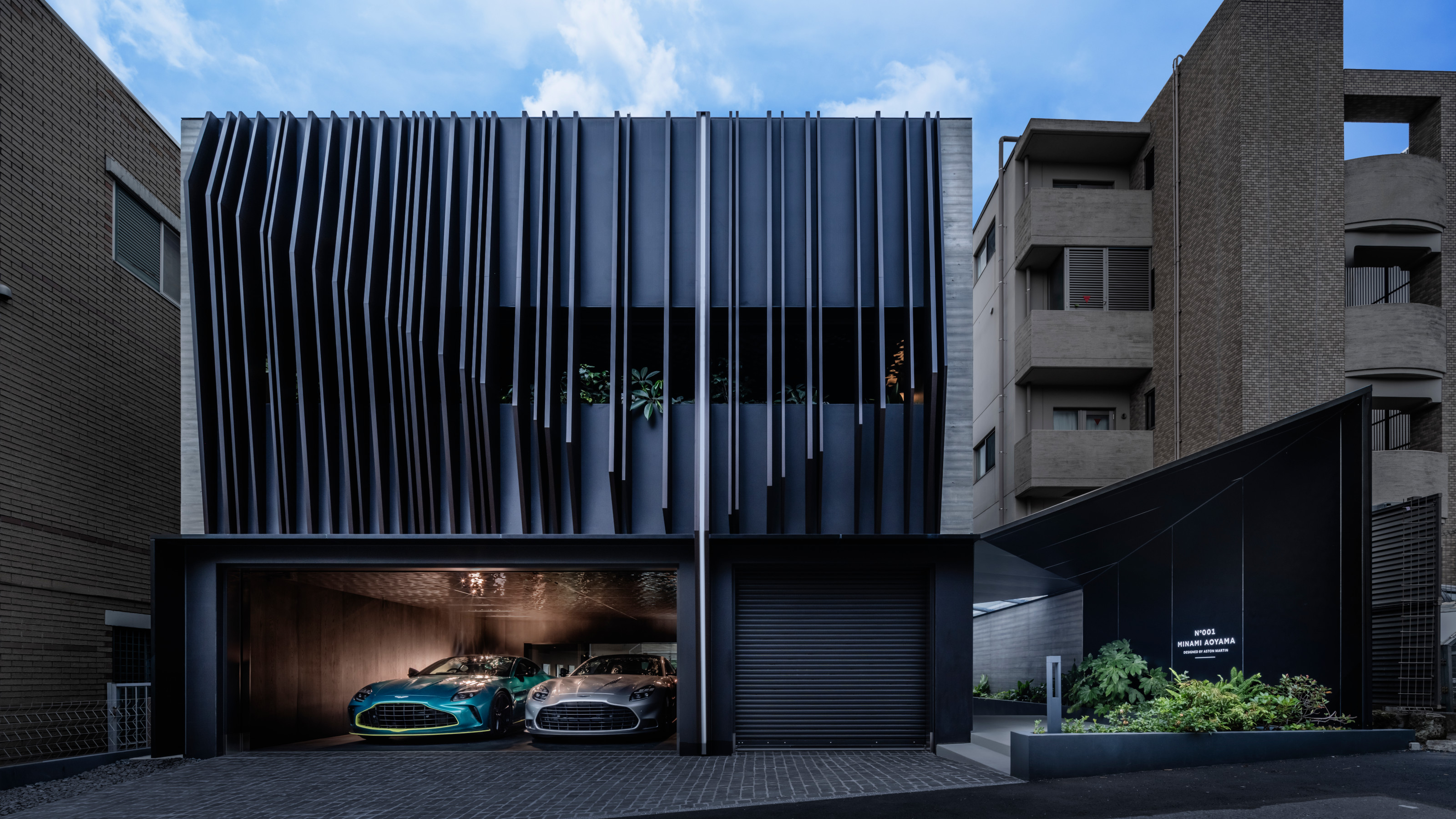 Aston Martin completes its first Tokyo townhouse, crafted by the brand’s design team
Aston Martin completes its first Tokyo townhouse, crafted by the brand’s design teamThis luxurious private house in Tokyo’s Omotesandō neighbourhood offers design and details shaped by Aston Martin, as well as features for the dedicated car collector
-
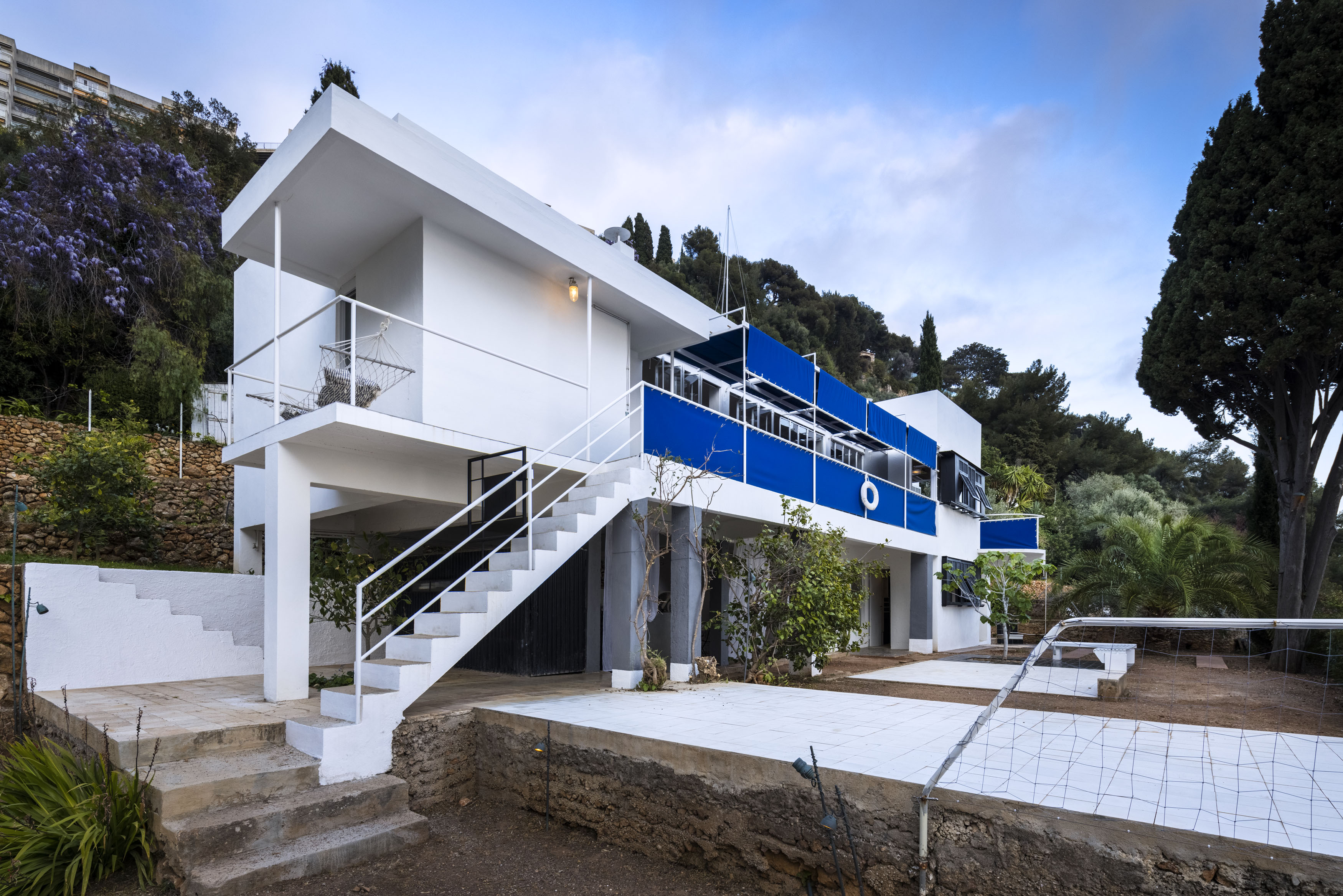 Eileen Gray: A guide to the pioneering modernist’s life and work
Eileen Gray: A guide to the pioneering modernist’s life and workGray forever shaped the course of design and architecture. Here's everything to know about her inspiring career
-
 Discover Canadian modernist Daniel Evan White’s pitch-perfect homes
Discover Canadian modernist Daniel Evan White’s pitch-perfect homesCanadian architect Daniel Evan White (1933-2012) had a gift for using the landscape to create extraordinary homes; revisit his story in an article from the Wallpaper* archives (first published in 2011)
-
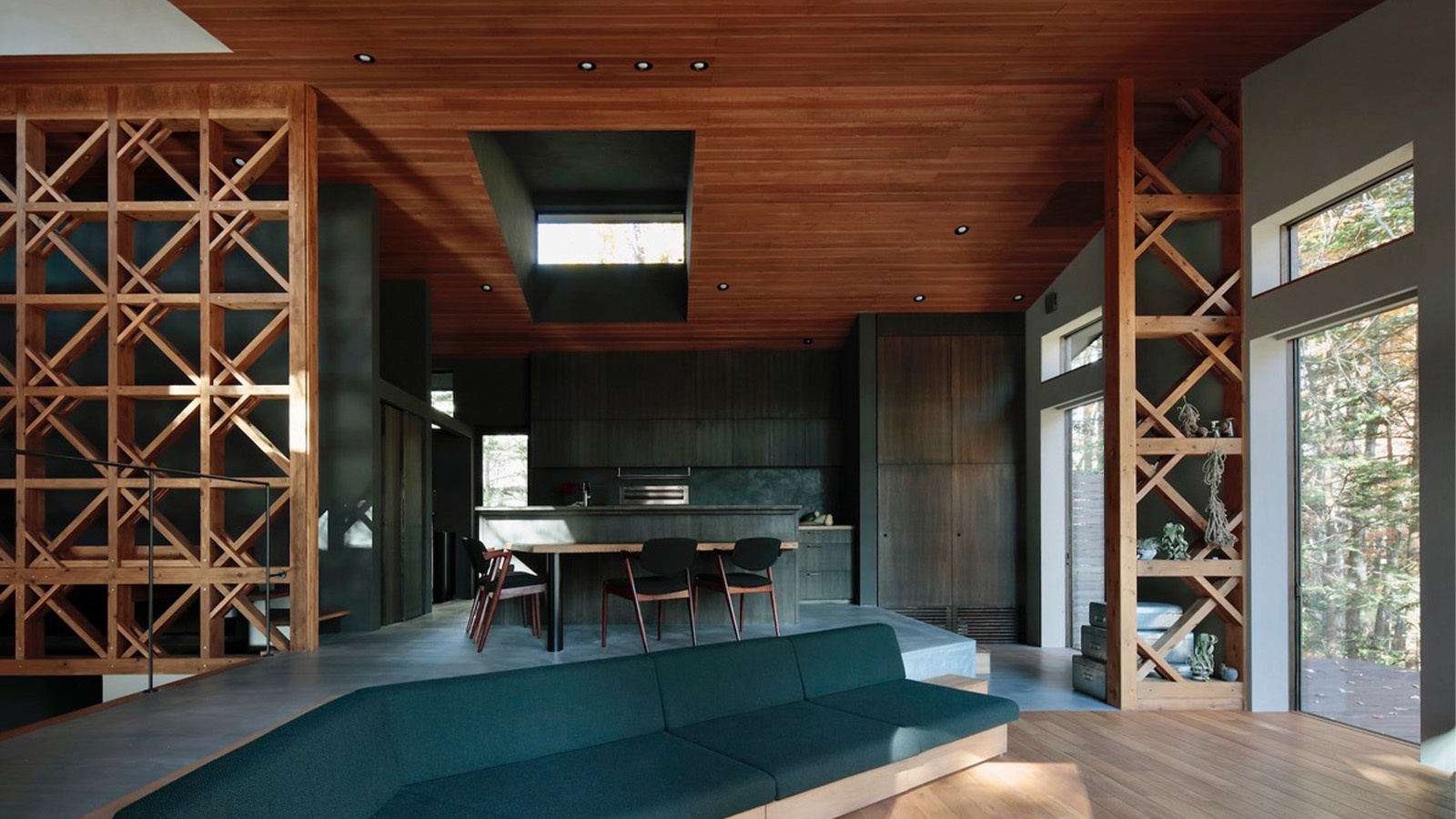 A Karuizawa house is a soothing, work-from-home retreat in Japan
A Karuizawa house is a soothing, work-from-home retreat in JapanTakeshi Hirobe Architects play with scale and space, creating a tranquil residence in which to live and work
-
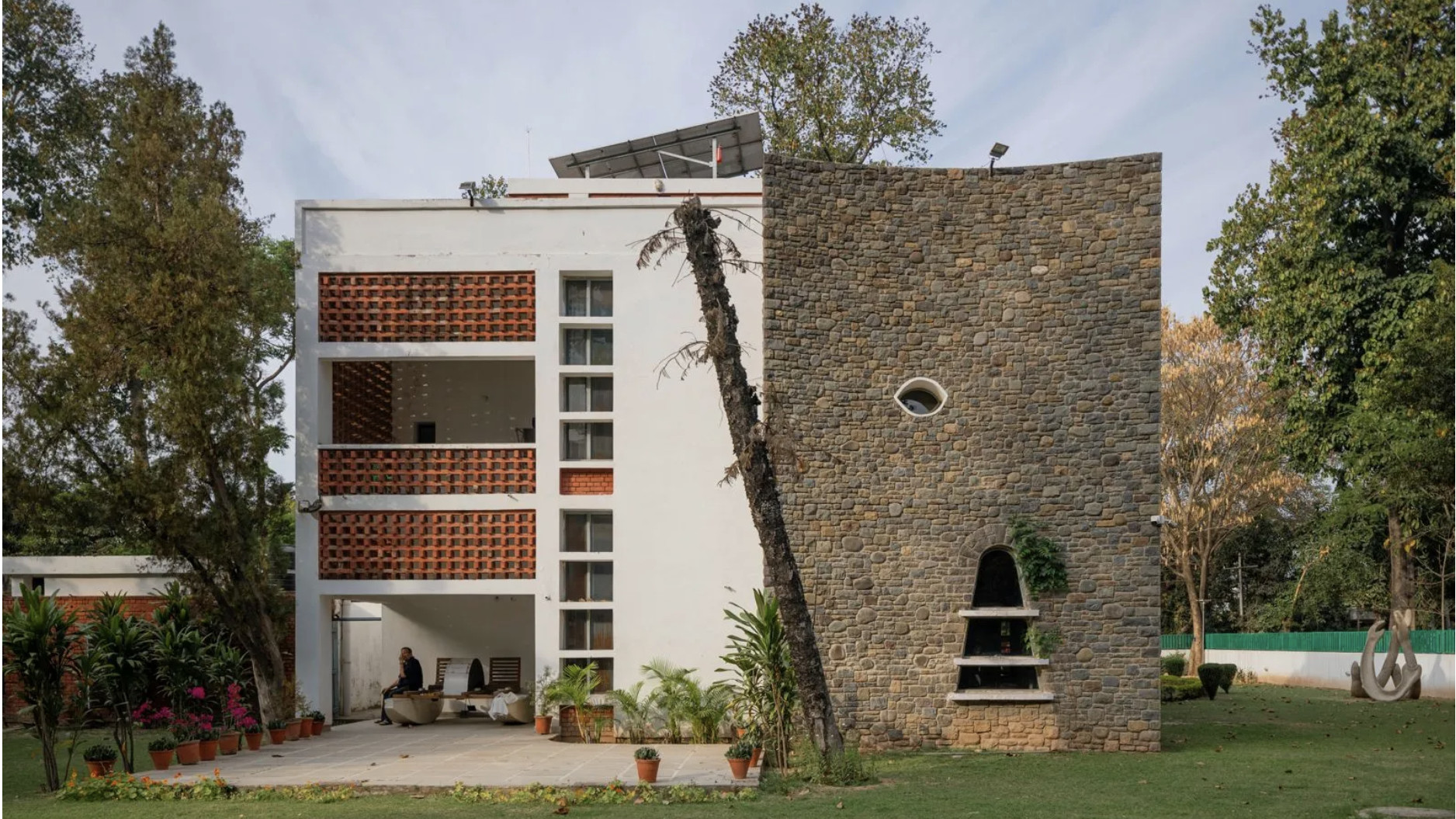 A night at Pierre Jeanneret’s house, Chandigarh’s best-kept secret
A night at Pierre Jeanneret’s house, Chandigarh’s best-kept secretPierre Jeanneret’s house in Chandigarh is a modernist monument, an important museum of architectural history, and a gem hidden in plain sight; architect, photographer and writer Nipun Prabhakar spent the night and reported back
-
 Naoshima New Museum of Art is a home for Asian art, and a lasting legacy, in Seto Inland Sea
Naoshima New Museum of Art is a home for Asian art, and a lasting legacy, in Seto Inland SeaThe Naoshima New Museum of Art opens, marking a seminal addition to the Japanese island's renowned Benesse Art Site Naoshima; we explore Tadao Ando's design